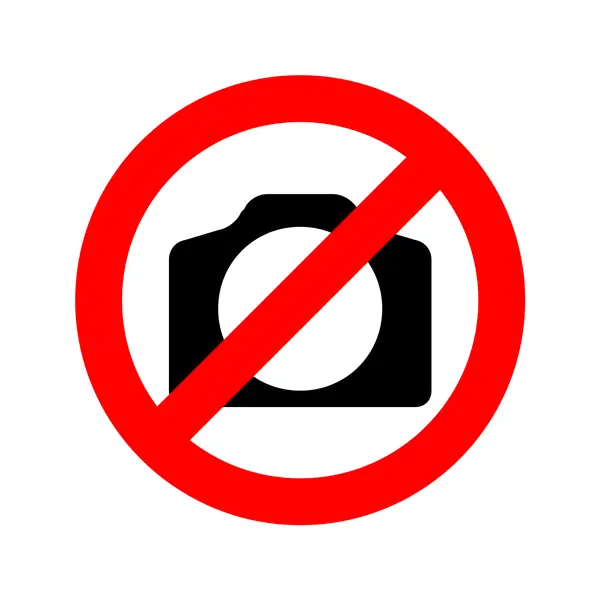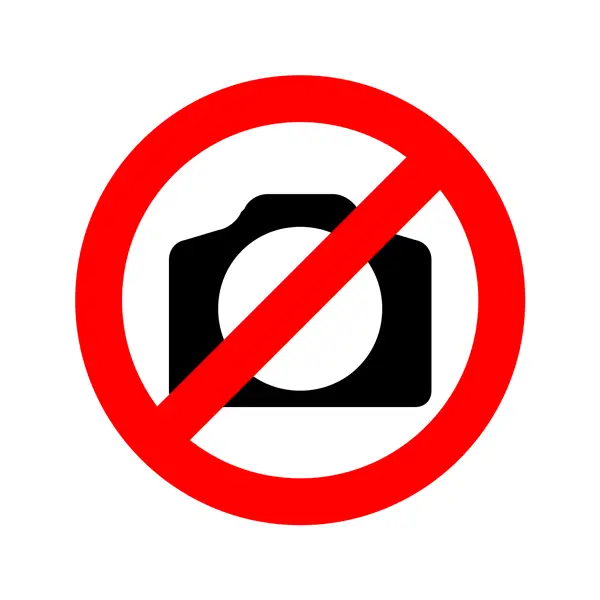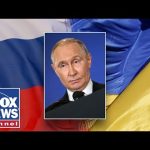In the world of international diplomacy, it’s not every day that a former U.S. President steps into the mediating spotlight like some kind of global superhero trying to save the day. But that’s exactly where we’ve found ourselves with President Trump at the helm of a crucial meeting at the White House. The ambassador to NATO, Matt Whitaker, has shed some light on this high-stakes gathering where President Trump will attempt to finally bring an end to the conflict between Ukraine and Russia. It’s fair to say the world’s eyes are watching with the intensity of a cat sizing up its next meal.
President Zelenskyy and his team plan to present a counterproposal that may just have the potential to nudge the needle closer to peace. Meanwhile, Russia has handed in its own proposal during meetings in Alaska, proving there’s no limit to where today’s international diplomacy might take place. The theatre of political chess has proven to be as unpredictable as it is necessary, with each nation seated at the table having their own laundry lists of demands and guarantees. One can only imagine that, amid all the talk of land disputes, President Trump is dreaming of a gold-plated peace treaty.
What has the former President undertaken thus far to grease the wheels of this looming peace deal? A good bit, actually. He’s successfully nudged NATO members into coughing up a higher percentage share of defense spending. It’s about time they realized security just doesn’t pay for itself. This newfound financial burden has been a strong-arm reminder that world peace isn’t exactly cheap. With 32 allies all agreeing to pony up, it’s no small feat. The fact that NATO is more fortified than ever certainly has influenced Vladimir Putin to start eyeing that negotiation table rather than ramping up further conflict.
The security aspect is a make-or-break element in these discussions, as Ukraine is understandably quite interested in assurances that it won’t be left high and dry. Unlike a poorly-written insurance policy, these guarantees need to be solid. NATO’s role seems poised to evolve, sliding more into the shoes that the European allies need to fill, and the meeting will determine whether a substantial security commitment can come into play. This idea of a “coalition of the willing” might sound like a club nobody willingly wants to join, but it could make all the difference for Ukraine. It’s no secret that peace talks come with high stakes, and all sides involved have more at risk than a few awkward handshakes.
As these Oxford-educated diplomats sit around their polished tables, contemplating land rights like kids divvying up a Monopoly board, the rest of us are left to wonder if this bold “Trump card” can actually bring peace and stability. One can only hope cooler heads prevail, that Zelenskyy and Putin find middle ground, and that President Trump can demonstrate negotiation skills that would make even the savviest used car salesman envious. In the meantime, the world waits and watches, hoping this time around “the art of the deal” doesn’t include a clause for future conflict.




